|
Trying to find the best Yoga Teacher Training that suits your needs and interests can be a really complicated task. Here are the 9 most important questions that you should consider before choosing one. 1. Be sure that you will be spending enough one-on-one time with the lead trainer.
2. Do research on the instructors. Research about the teacher trainers with whom you are thinking of studying with. Look at how long they have been teaching, where they have been teaching and who trained them. It is a good idea to find a teacher who has had many years of experience working with many different students. Sometimes a teacher might have been teaching for many years but not on a consistent basis, this makes a difference. Try to take some public classes with the teachers who will be on your teacher training faculty, or see if they have classes online. Make sure you enjoy their teaching style and connect with them, as this will be the style you yourself will teach in the future. 3. Look into how they teach anatomy. The philosophy of yoga and the understanding of it is very important, but it is also just as important to have a firm foundation in anatomy and biomechanics. You will, once you become a teacher of yoga, be working with people's physical bodies and putting them into large ranges of movement, which can be harmful if taught incorrectly. Make sure that your teacher training program has a strong anatomy/biomechanics section. Anatomy may not seem like the biggest deal when you are in the middle of trying to memorize all the Sanskrit names for postures or figuring out how to sequence properly. But many of your students will come to you with injuries, discomforts and it is your job to keep them well and safe from harm. You can only do this if you have a strong understanding of how the body works. 4. Study the program’s history.
5. Evaluate the course syllabus for balance of subjects taught.Each training requires a minimum number of hours dedicated to things like posture labs, anatomy, sequencing, history, and philosophy—but each teacher training is going to emphasize different areas, and bring their own style to their program. If you are really into the nuts and bolts of yoga asana, then a spiritually-focused program most likely isn’t for you. Likewise, if discussing the Yoga Sutras at length turns you on, then a super anatomy-focused program may make you feel less than interested. Study the curriculum and ask about how many hours are dedicated to each topic if it is not advertised
7. Having some free time during the course is important. Does the course offer other extra activities?It is important to have free time to enjoy the environment that surrounds the course. Having these moments allows for time to relax and assimilate the concepts that are explained throughout the training. Having your own personal time also helps you to share and interact with the rest of the students who are participating in the course. 8. Can everybody join the course no matter their yoga background?
9. Be sure that you don’t get your certificate just by showing upSome programs do not ask for any type of requirements in order to provide the certificate to their students. In those instances, simply attending or just paying your tuition would get you a certificate. Make sure that certain requirements are mandatory in order to obtain the course certificate and that the criteria are properly evaluated. It would not be fair to evaluate students in the same way who have tried and put in the hard work to assimilate the contents of the course with students who have taken the course as a "yoga vacation", returning home without having adequately assimilated the concepts. This also brings down the quality of yoga as a whole. If what you are really looking for is to learn, it is important that the course director is able to objectively measure and evaluate your effort and knowledge and help you become the best teacher that you can become. Do not trust those programs that only require attending some classes and paying your tuition to certify you as a yoga teacher. Sun Salute Yoga ReAlign Studio creates 2 Yoga Teacher Training Programs a year. Amanda Dee is the course director and experienced international yoga teachers participate in the course. You can find all the information about the course in this link
0 Comments
After that many years teaching I found out that these are the most common injuries related to bad practice/habits in yoga: 1 Hamstring tears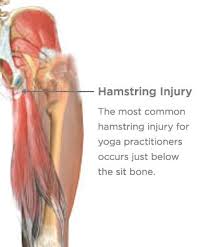 Very flexible people are drawn to yoga, because it is easy for them to attain a complicated posture and of course this always feels great to be good at something, who doesn´t enjoy that feeling. But these are the people that tend to injure themselves the most. Flexibility often comes alongside instability. So this flexible student with insufficient core support bends forward from the hip, without lifting the hip points, using the lower abdomen for support and eccentrically contracting the top of the hamstring (engage it as it stretches) the result is a huge strain to the top of the hamstring tendon, resulting in a tear that takes months, if not years to repair and can be very painful. 2 Herniated Disk/ SI joint instabilitySo many students are recommended yoga for their back from their doctors. Most students have the hernia in L4/L5 area and have extremely tight hamstrings from sitting for long periods of the day at a desk. Then in some yoga classes that I have observed here in the south east of Spain, the teachers have them in a forward bend, legs straight and rounding the lower spine putting pressure on this vulnerable weak area, with no support of the core. This is a huge NO if you know your anatomy, for people with a herniated disk. Also this rounding of the spine starts to stretch the SI joint for those that are healthy. The Si joint is where the sacrum connects to the pelvis. This joint is supported by strong ligaments and is built for stability. There are no muscles that cross this area, so it cannot be healed by stabilizing the muscles after injury. The joint should have a tiny bit of movement, but hardly any at all. From this kind of forward bending the ligaments can over stretch and the result is extreme pain in the lower back. 3 Torn rotator cuffs, bicep tendon tear and impingement in the shoulder The shoulder is called the shoulder complex for a reason, it is complicated. Yet we ask our students to jump back into chaturanga over and over during class, without any correct alignment. When the elbows bend and the shoulders go below the elbows the shoulders move into a position called protraction, where the shoulder blades move around the sides of the spine and also (elevation) where they also hike up around the ears compressing the neck. This position not only creates neck pain, but puts the shoulder in a very instable position, putting pressure on the bicep tendon at the front of the shoulder, resulting in fraying (partial tear) and sometimes complete tears. This is a very painful and very common injury from bad posture practice in yoga. We also ask students to take a bind around their leg in poses such as Parvakanasana, the overzealous student wants to of course bind, but without an educated yoga teacher to advise them well, they lean forward stick their bottom back, putting strain on the semitendinosus and semimembranosus (inner hamstring) resulting not only in a hamstring tear, but also the shoulder pushes forward into the bicep tendon and the poor little rotator cuff in the back stands no chance in holding on and snaps, again a very painful injury that can happen in breath of a second. 4 Shoulder-stand and headstandThis one is so crazy to me, you can die from doing these poses incorrectly. Yet I see it again and again in classes, students jumping on their head at the wall, with no shoulder blade support. If you cannot lift up using your core, without jumping you are not ready for this pose. The shoulder blades need to be retracted (together on the back) using the rhomboids, mid and lower trapezes muscles to stabilize. The neck spine (cervical spine) also needs to be extended in its neutral position, plus the arms need to press down so the weight is not all in the head until the neck is strong enough to support the whole weight of the body. The same with shoulder stand, this I would say is the most dangerous pose practiced in yoga without any thought of alignment. The neck is placed in the flexion position (rounded position, chin to chest) the inexperienced teacher does not know how to teach the students to put the weight in the shoulders and the top of the arms, keeping the weight out of the neck, which you can imagine a whole load of complications could arise from this. ConclusionI said that before, but as teachers, it is your role to look after your students and educate them well in their bodies. Then we can layer on all the other many benefits that yoga has to offer, we are no help to our students if we cause more harm than healing. As students, it is important that you educate yourself well and know your teachers background before you put all your trust in their hands. Let’s work together to raise the bar of yoga as a healing therapy.
Amanda Dee Smith Yoga is great healer for the body, but it can also be extremely harmful if the postures are done incorrectly. Ahimsa, is Sanskrit word for "nonharming" or "nonviolence," it is the first Yama or moral injunction in Patanjali's Yoga Sutra. As yoga teachers it is our duty to look after our students and to keep them out of harm’s way, and this means informing ourselves correctly before we take the lead and start putting our students into these very deep complicated postures. It is important that we study body mechanics and keep our students healthy and help those who come to us with trust to regain their health. I have been teaching for over 18 years around the world and during that time, I was fortunate to work alongside leading experts in anatomy such as Leslie Kaminoff the writer of the book “Yoga Anatomy” that is used in many YTT across the world, also Tom Myers who developed the concept of Anatomy Trains, the myofascial meridians of the body, who has shaken up the fields of bodywork, medicine and yoga as we originally knew it, and many other leading experts. The growing clientele who have developed injuries from practicing yoga with inexperienced teachers and overzealous students is on the rise. So far here in Europe there are no standards to become a yoga teacher. You can do a yoga teacher training online, or in a few weeks on a yoga retreat and come out of the course a “fully qualified yoga teacher”. I am shocked when I have teachers pass through my classes and they do not even know what the psoas muscle is, or that the knee has to be aligned over the ankle. They do not have enough experience to see when their students are misaligned and yet the growing number of students seeking help from yoga as a recommendation from their doctor to help cure their back, hip and knee problems is rising here in Spain. Would you ever go to a physio therapist who decided to open up their house with no qualification, who read a book one day about the body and decided now I am a physio therapist, or one that they received a certificate in a month on a retreat in Thailand? I am guessing your answer would be no. So why do people put their trust in yoga teachers over and over without checking their background, where they received their certificate and not only how long they have been teaching, but where and to how many students.
This baffles me over and over again. Yes, yoga is more than correct biomechanics of the body, but in Hatha Yoga we are working directly with the body in extreme positions, so it is important that we have some understanding, right? Especially with these people who come to us for help with acute injuries, and to keep those who are healthy to stay healthy. Some teachers tell me, that they do not really teach any advanced asanas, they just teach basic and "relaxing" postures, to avoid any risk. But in fact, this kind of teaching can be even more harmful. You have to be really skilled yoga teacher to teach beginners, who have less body awareness than the advance student, who is more accustomed to listening to their bodies. If the spine is not aligned correctly in a simple forward bend, and this beginner student has the pathology to herniate their disk, just a simple fold such as Uttanasana can pop the disk out if the pose is not executed correctly. In fact most injuries occur in a beginner to intermediate level classes, for example torn rotator cuffs, bicep, hamstring tears, back problems and much more. As teachers, it is your role to look after your students and educate them well in their bodies. Then we can layer on all the other many benefits that yoga has to offer, we are no help to our students if we cause more harm than healing. As students, it is important that you educate yourself well and know your teachers background before you put all your trust in their hands. Let’s work together to raise the bar of yoga as a healing therapy. Amanda Dee Smith |
Amanda Dee SmithSenior yoga teacher passionated about anatomy and the benefits of Yoga Archives
November 2018
Categories
All
|
FOLLOW us:Te informaremos sobre eventos, clases, actividades y posibilidades de formarte como profesor de Yoga. Síguenos!
|
2024 | © ReAlign International Yoga School
|

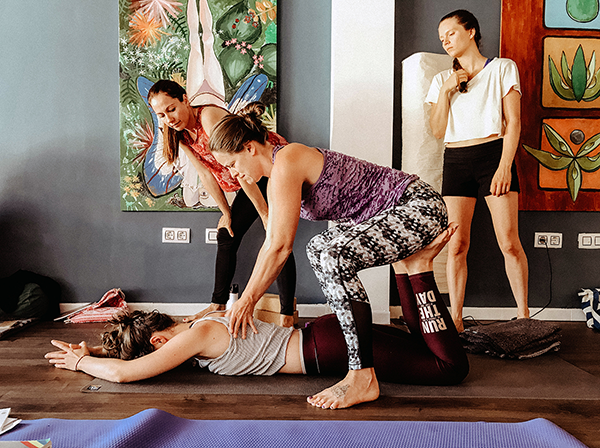
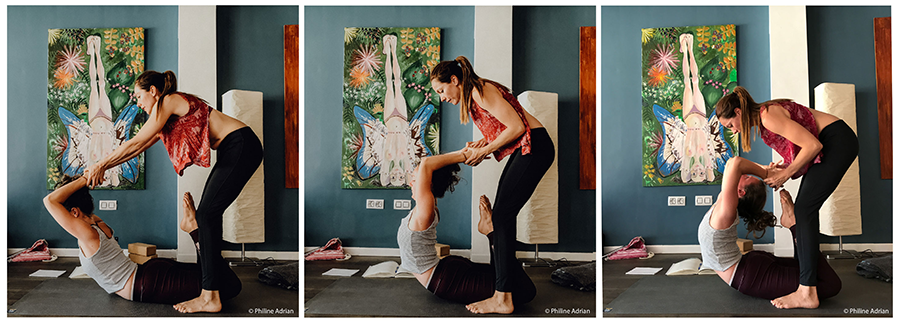
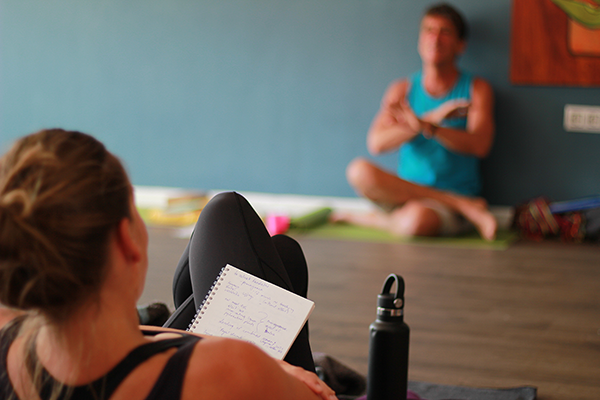
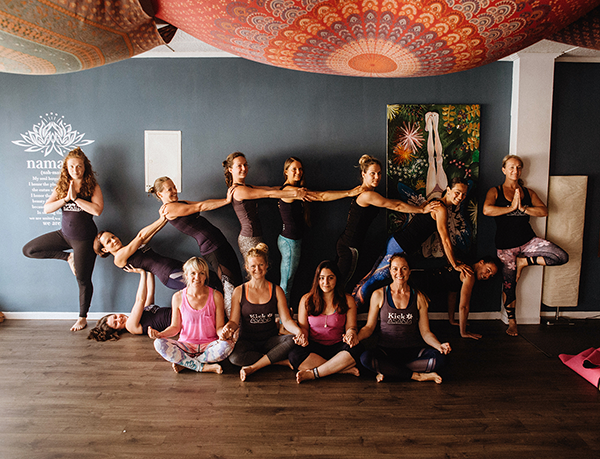

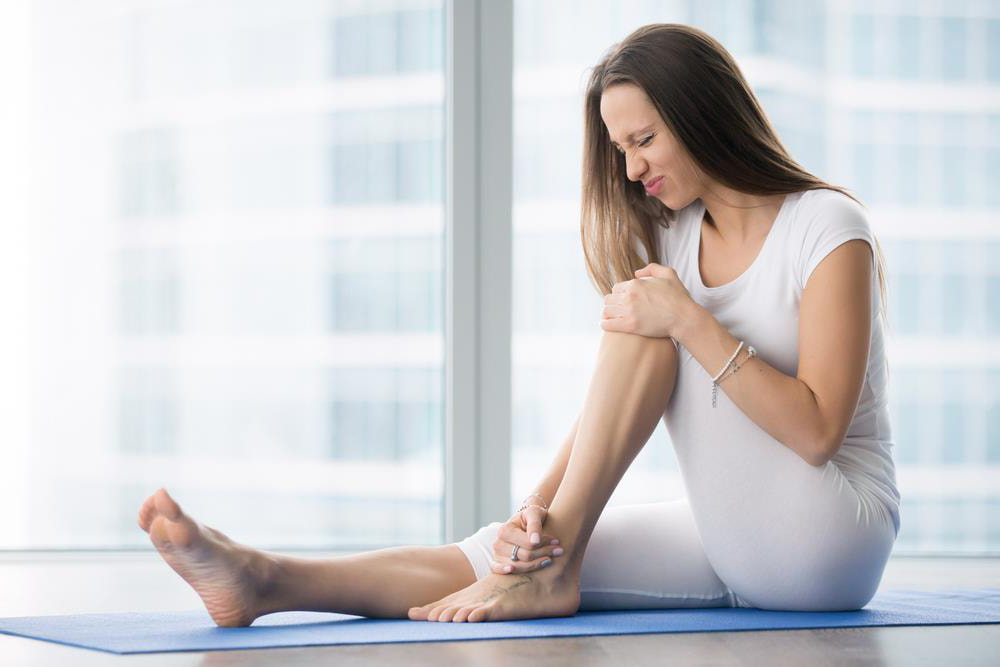
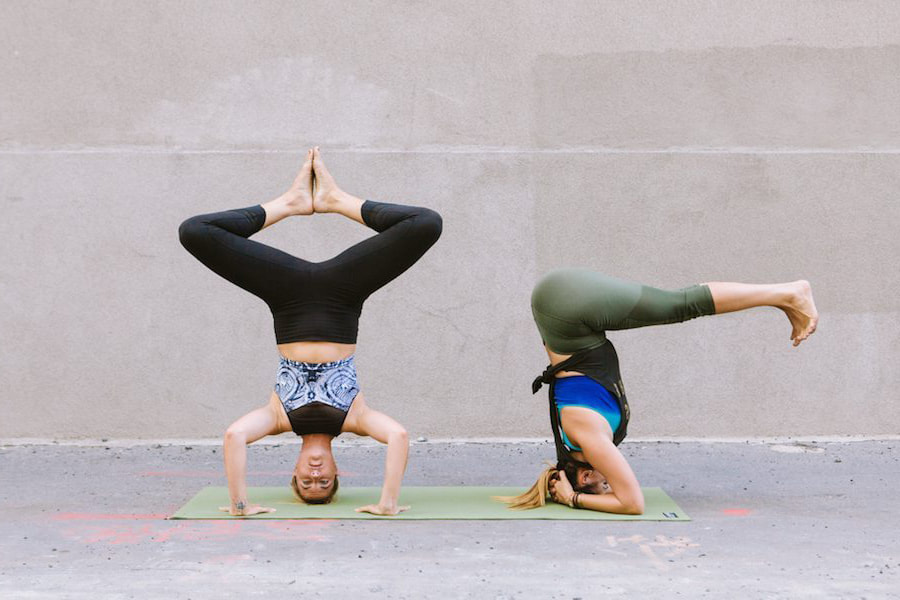

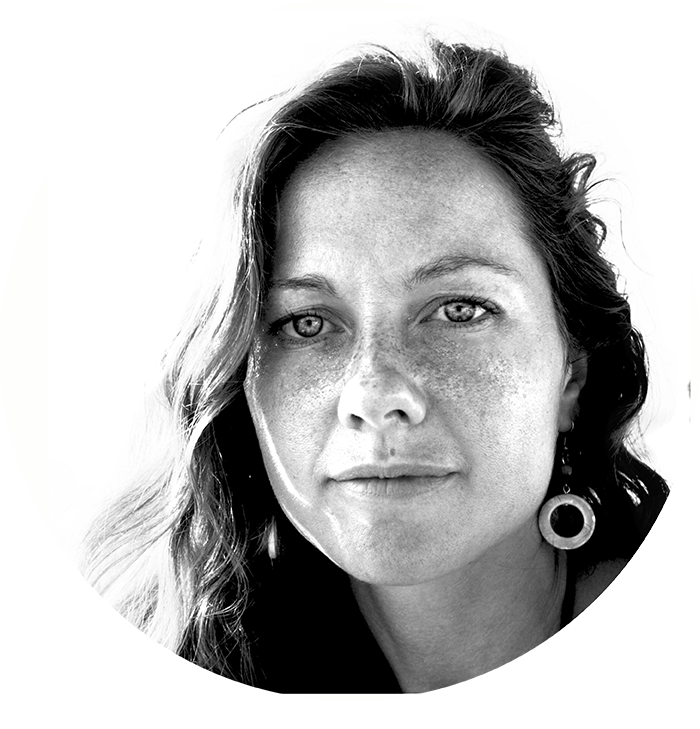
 RSS Feed
RSS Feed